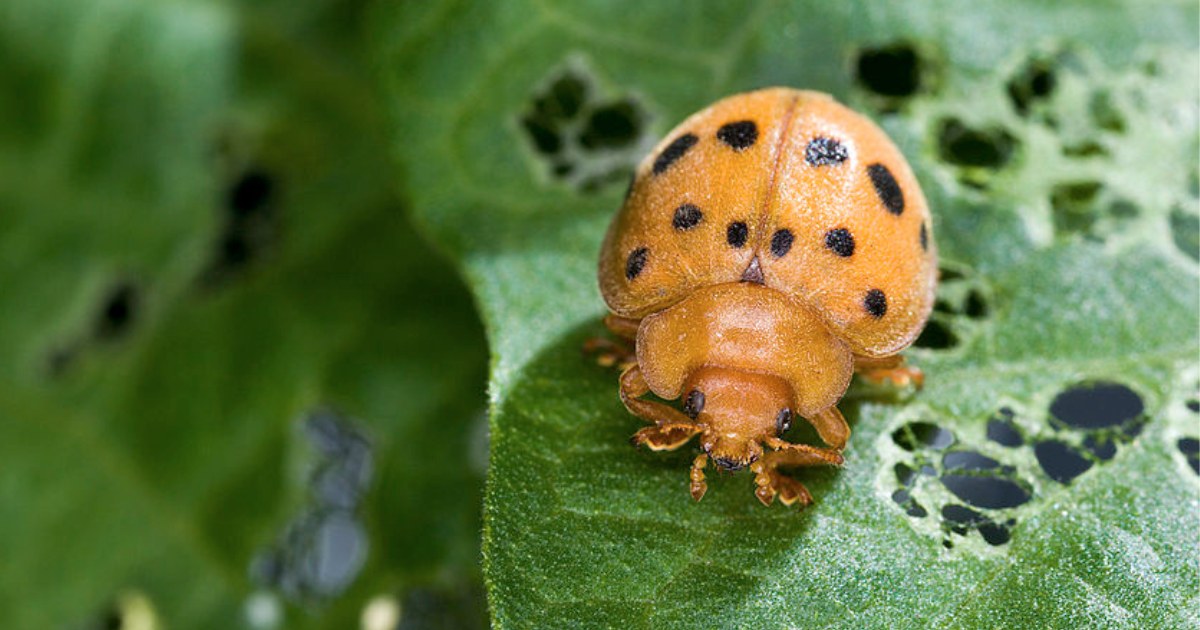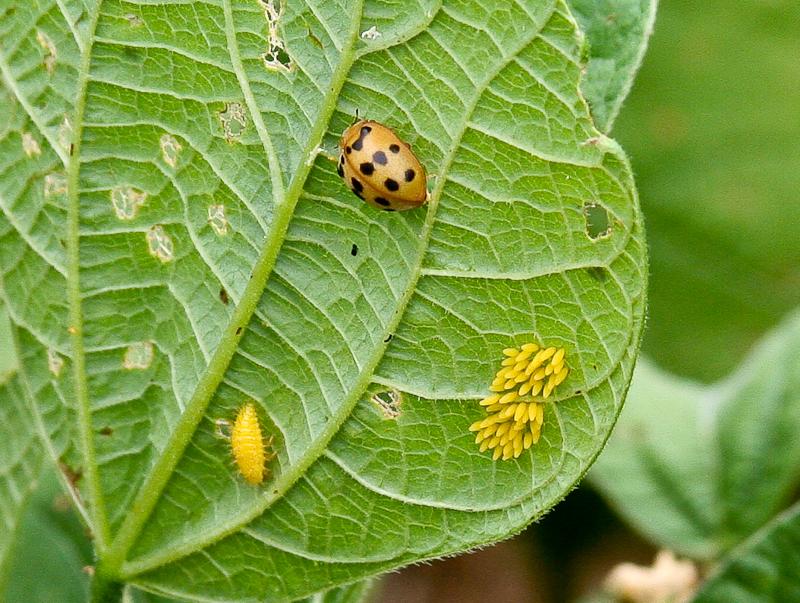
Fact Sheets And Publications
- Health & Well-being
-
Agricultural Programs
- Agribusiness
- Animal Science
- Beginning Farmer Program
- Commercial Crops
- Commericial Horticulture
- Delaware Soil Testing Program
- Disease Management
- Farm Vitality and Health Project
- Irrigation
- Nutrient Management
-
Insect Pest Management
- Insect Trapping Program
- IPM Hot Topics
- Commercial Field Crop Insect Management
- Commercial Field Crop Disease Management
- Commercial Fruit & Vegetable Crop Pest Management
- EIPM Implementation Projects
- Pollinators
- Research and Extension Demonstration Results
- Brown Marmorated Stink Bug (BMSB) Management, Research, and Resources
- Publications
- Pesticide Safety Education Program
- UD Plant Diagnostic Clinic
- Variety Trials
- Weed Science
- Certified Crop Advisor Program
- Poultry Biosecurity
- 4-H
-
Horticulture
- Climate Variability and Change
- Delaware Soil Testing Program
- Forestry
- Lawn and Garden
- Master Gardeners
- Master Naturalist Program
-
Nutrient Management
- Nutrient Management Certification
- Continuing Education for Nutrient Management
- Nutrient Management Planning Resources
- Commercial Nutrient Handler Resources
- Poultry Litter and Manure Management
- Turf Management
- Agriculture Notebook
- Horticulture Handbook
- Agriculture & Horticulture Handbooks
- Crop Production
- Soil Fertility
- Delaware Climate Change Coordination Initiative (DECCCI)
- Salt Impacted Agricultural Lands

Non-chemical pest control options for managing insect pests on beans
Reviewed March 2025 | Written by: Dr. Judy Hough-Goldstein
July and August in the vegetable garden typically bring bountiful harvests of colorful vegetables. These are also the months when insect pests can really make their presence known, with plant and fruit damage becoming increasingly noticeable.

Mexican bean beetles
Mexican bean beetles are plant-feeders in the same family as ladybird beetles (ladybugs)—most of which are beneficial predators.
Type of damage
Both adults and larvae feed on foliage, skeletonizing the leaves.
Life cycle
Adults overwinter and emerge with warm weather. Adults feed on tender young bean plants for approximately 12 days, then lay eggs (in batches of 40 to 70) on the undersides of leaves; distinctive spiny yellow larvae feed for 2 to 5 weeks, then pupate on leaves. There is only one generation per year, but egg-laying continues all summer.
Life cycle with suggested control methods:
- Adults overwinter and emerge with warm weather. Adults feed on tender young bean plants for approximately 12 days, then lay eggs (in batches of about 40 – 70) on the undersides of leaves; distinctive spiny yellow larvae feed for 2 to 5 weeks, then pupate on leaves. There is only one generation per year, but egg-laying continues all summer.
- Like most beetles, adults “play dead” (withdraw appendages and drop to the ground) when disturbed. Place open containers with soapy water under beetles, and catch/drown them as they drop. Try to kill the adults as they appear on plants before they lay eggs.
- Crush any eggs and larvae.
- Row covers can be used over bean plants to exclude adults and can be kept in place all season (beans do not require insect pollinators)
- For heavily infested plants, practice “destructive harvest” – pull plants up by the roots, harvest any viable beans, then put the remaining plants (with beetle eggs, larvae, and adults) in black plastic bags. Seal and leave in the sun for several days to kill the pests.
This factsheet was created for UD Cooperative Extension and the Delaware Master Gardener Program by Dr. Judy Hough-Goldstein.
UD Cooperative Extension
This institution is an equal opportunity provider.
In accordance with Federal law and U.S. Department of Agriculture policy, Cooperative Extension is prohibited from discriminating on the basis of race, color, national origin, sex, age, or disability.
The University of Delaware is an Equal Opportunity Institution and Provider. Visit UD’s Office of Equity & Inclusion to learn more.
Additional Links
531 South College Avenue Newark, DE 19716 (302) 831-2501
